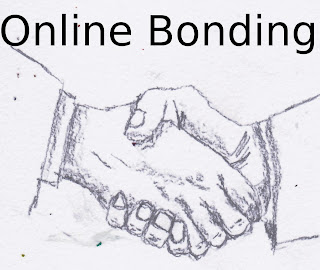Group interaction and discussion has an important function in socializing and creating networks of people. When interaction is
present groups begin to form around important core shared beliefs and values.
Sometimes these groups are formed with a very specific purpose like product
development or they are more general directed such as political parties. All
groups follow similar patterns as all first start with a discussion.
Society is a group that develops off of the
conversations that people partake. Whether you are discussing a group of
friends, workplace or a nation, at the very core of its identity are the shared
ideas and beliefs among its people. Groups that discuss and communicate begin to
create agreement around shared values that form their identity. Separated groups form their own identity.
One of the first things we should understand about
group discussions is that not everything that is said has value for education
or research. Most information discussed is shared information while very little
is unique (Reimer, et. al., 2010). People seem to engage more in social necessities
than actual meaningful discussion.
This could infer that informal groups are more for
social purposes than product groups. The same could be said even for voluntary
groups around hobbies and other life events. Most people repeat shared
information because it helps solidify the group. It is a way of interrelating
with one another and finding a place.
Group discussion is not passive enough though much
of the information passed among group members is social by nature it has the
goal of understanding each other and finding an order among events. It becomes
a process socialization that offers familiarity of thought and concerted action.
When people are together longer than a short period
of time they will move through stages until new rules are adopted. Usually
there is also someone(s) that come to lead that group through the quality of
their discussion and charisma. Once rules and norms are developed the group
becomes goal directed in its behavior and more functional than informal groups.
When they develop a shared understanding, find a
leader and have direction the maintenance of such groups becomes easier. Each
member already knows the value systems, can express their needs in the group,
and can receive support from the group. Steering group beliefs through
influencing the conversation during the storming stage leads its lasting impact
on its identity.
.
Reimer, T., Reimer, A. & Czienskowski, U.
(2010). Decision-making a groups attenuate the discussion bias in favor of
shared information: a meta-analysis. Communication
Monographs, 77 (1).
